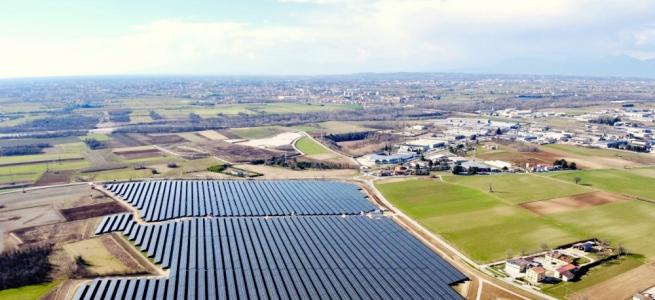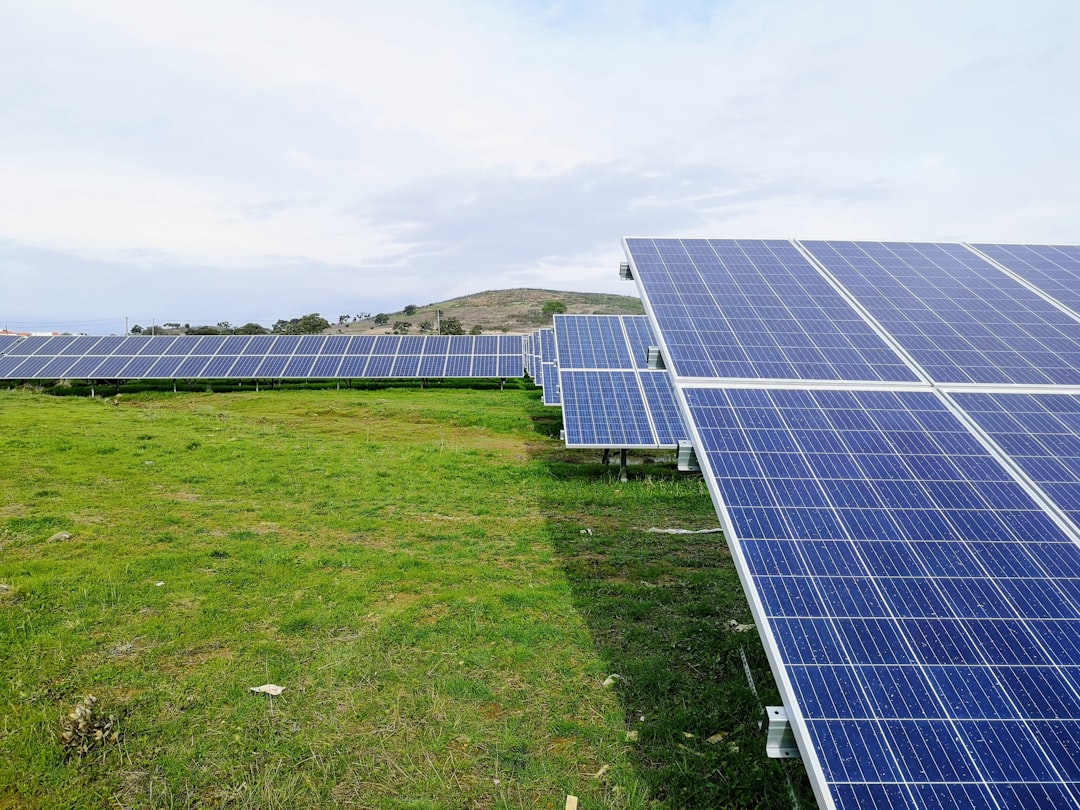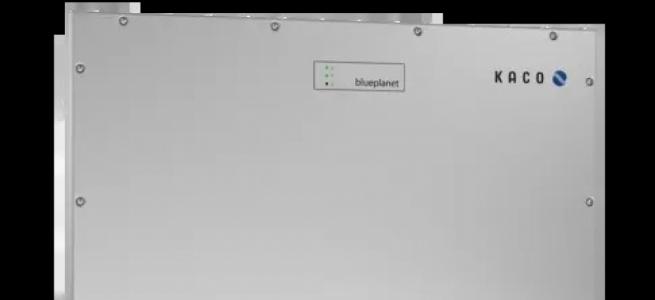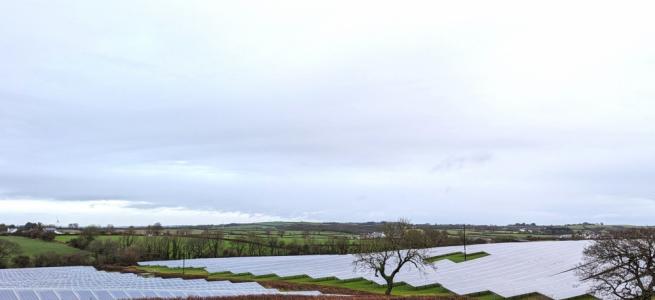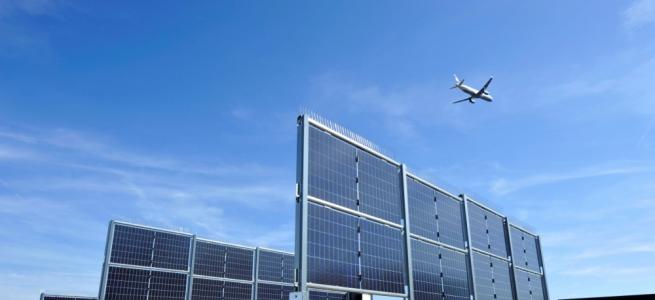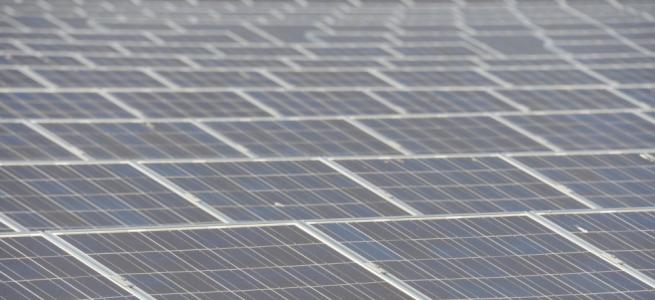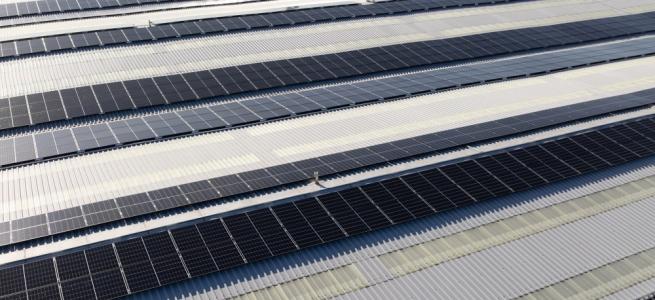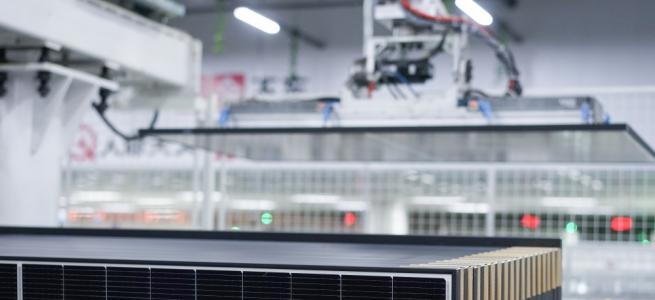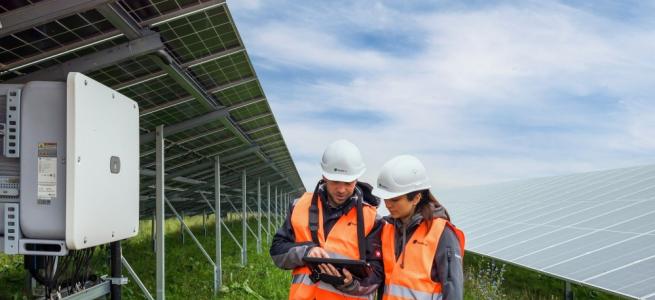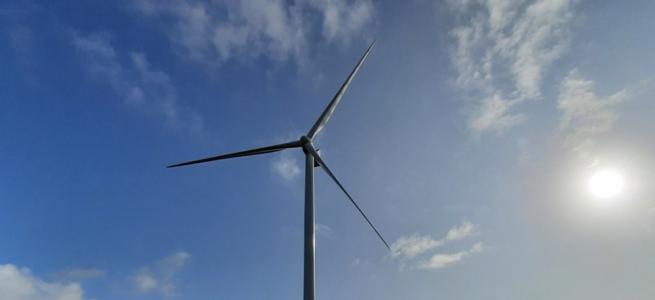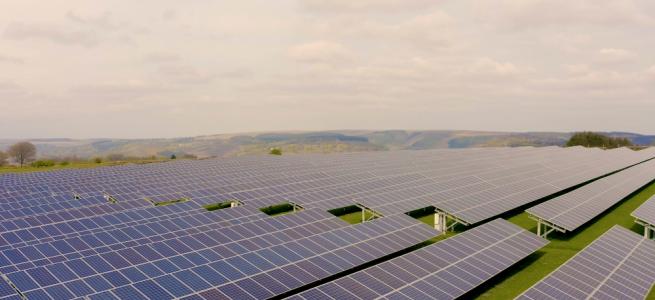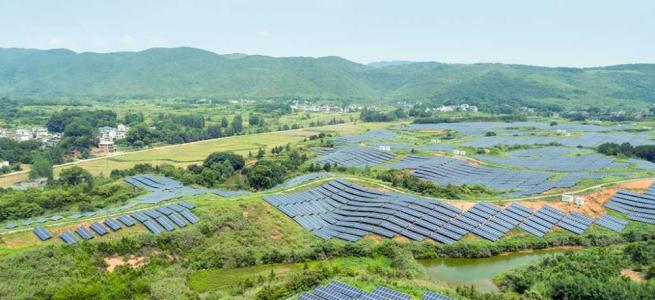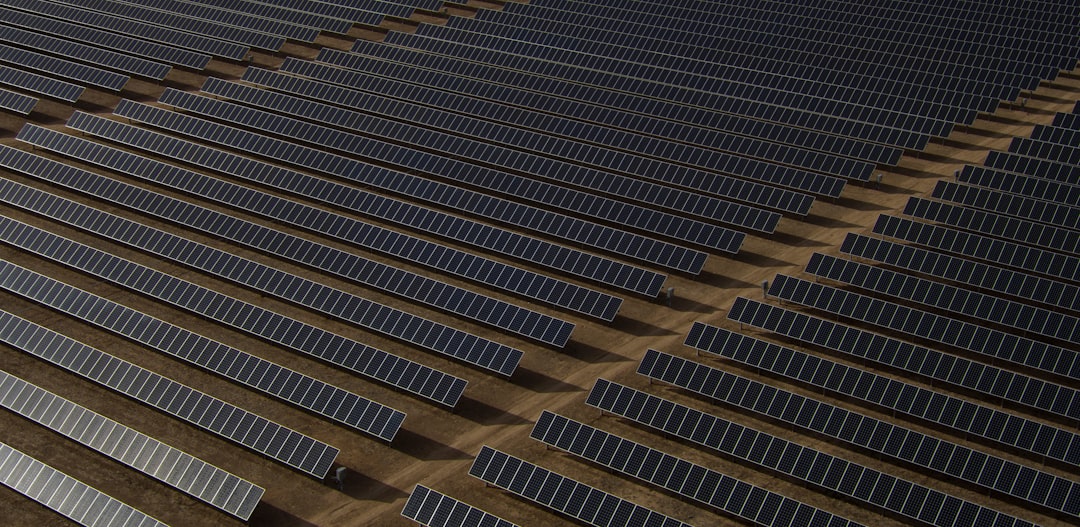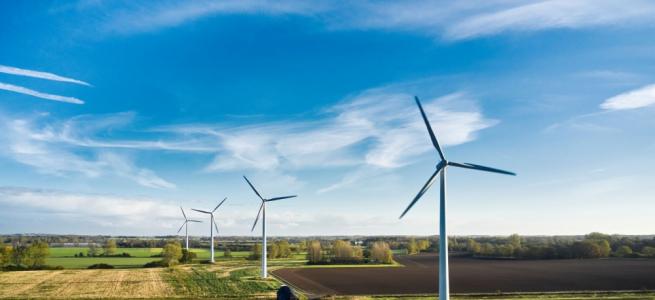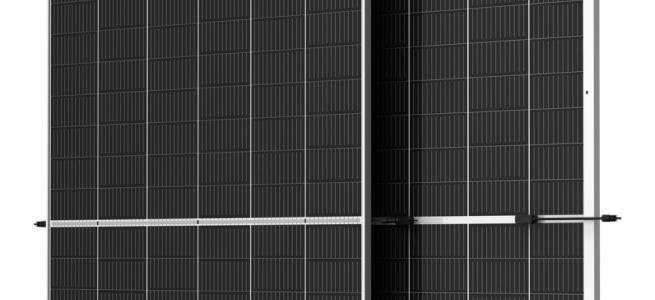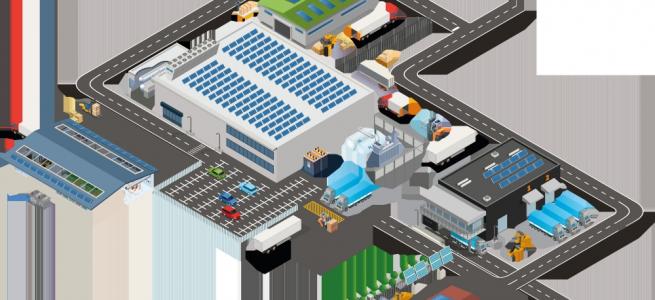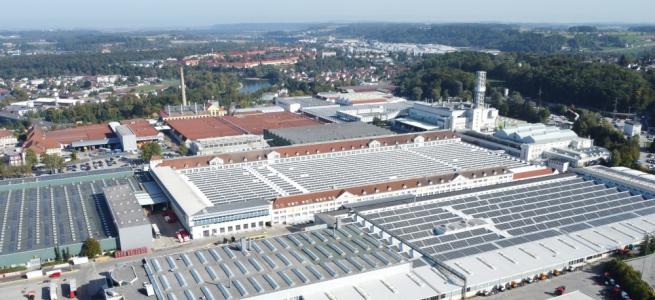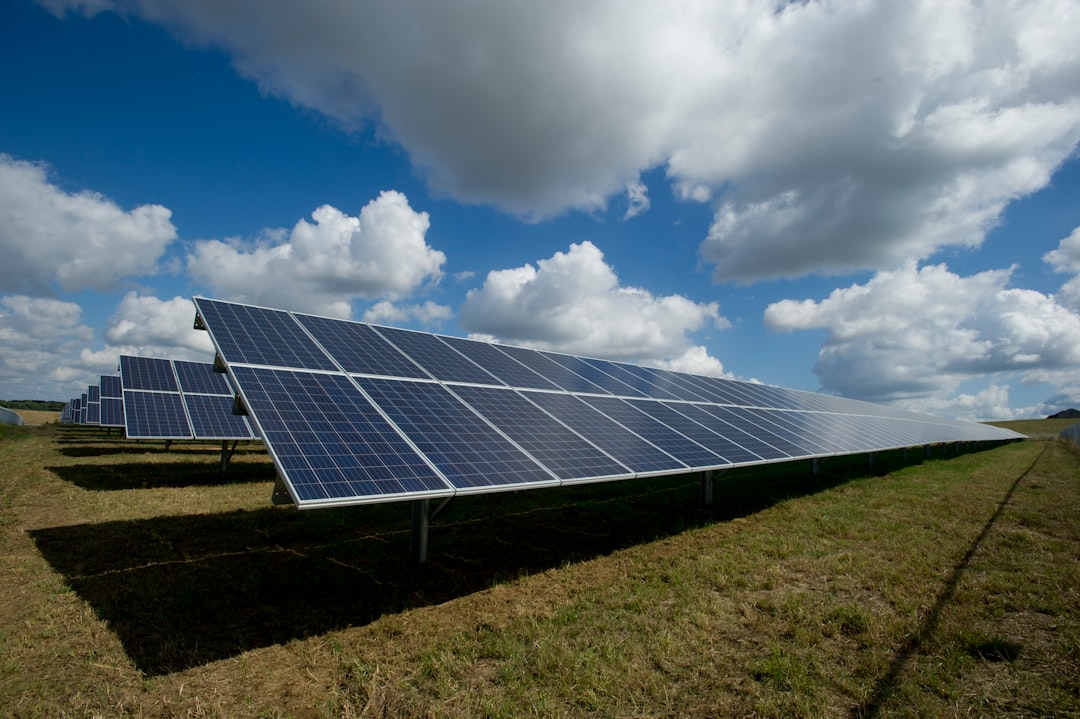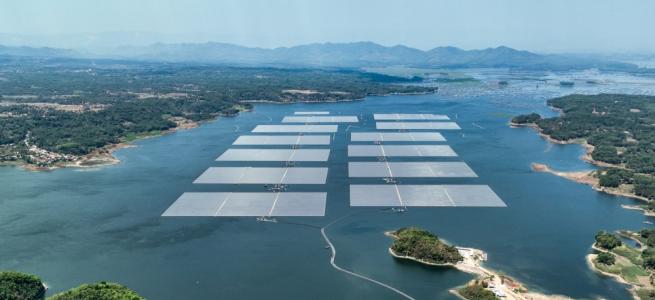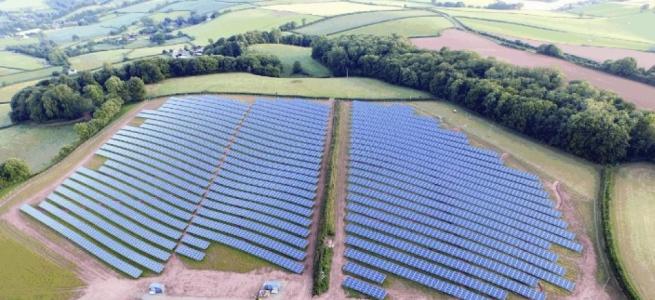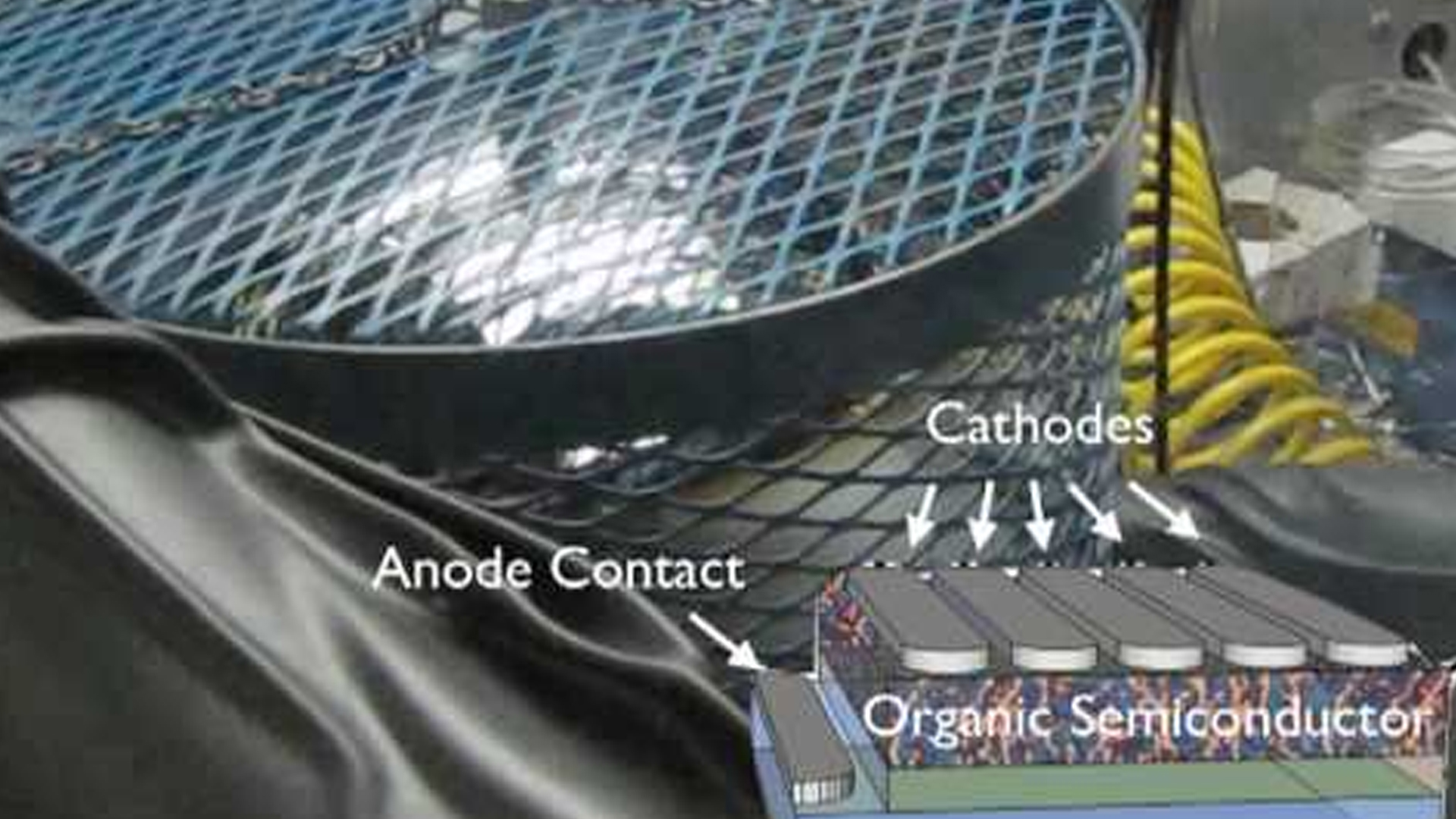Can Domestic Manufacturers Capture a Larger Piece of the Growing Indian Solar Market?

The Indian solar manufacturing sector was active long before any policy or significant market demand existed in India. The sector mainly focused on original equipment manufacturing and exporting to European countries. India had exported almost a billion dollars in modules before the National Solar Mission was established. Exports boomed in 2008 with massive growth in global demand, but the slump in 2009 (due to the global recession) slowed the sector. As manufacturing took off in China, prices dropped to record low levels. From the beginning of 2011 through the end of 2012 module prices fell from $1.80/W to $0.65/W, a 65 percent drop. State funded and subsidized Chinese manufacturers captured most of the global market at the cost of manufacturers elsewhere, including Indian manufacturers.
Installed capacity of domestic solar cells and modules in the country is estimated to be 2,815 MW and 8,008 MW respectively, while operational capacity of solar cells and modules is 1,448 MW and 5,246 MW respectively as of December 2016, according to Mercom's Manufacturing Tracker.
However, manufacturers paint a different picture. Most of them are of the opinion that true working module manufacturing capacity was approximately 3 GW as of the end of 2016. This huge disparity in figures is due to old and obsolete manufacturing lines that are still being counted by manufacturers as "operating capacity".
As of December 2016, an estimated 9.6 GW of solar has been installed in India. In the seven months from April to October in financial year (FY) 2016-17, export and import activity totaling $1.22 billion (~Rs.83.22 billion) was registered in the sector. Out of this, India imported solar materials worth more than a billion dollars. This is not just because India lacks manufacturing capacity, but it's mostly because Indian modules are much more expensive compared to Chinese modules.
Challenges
Competing with low-cost imports, low profit margins and lack of scale are all hurting India's solar manufacturing sector.
"The major problems plaguing the sector are a lack of scale, insufficient government support and an underdeveloped supply chain," stated an official at Waaree Energies.
Access to financing is also a challenge. Manufacturers are citing lack of funding available to build manufacturing units. "Even if private banks are willing to lend, it is at exorbitant rates ranging from 16 to 17 percent," stated Mr. Thakur of Shukra Solar, a solar manufacturer.
Financing challenges struck a chord with another solar manufacturer: "You won't find banks financing manufacturing units because it is considered risky." Any financing that has happened so far is because of foreign direct investment, voiced another manufacturer.
Most manufacturers agree that the DCR ruling by the WTO has hurt the indigenous manufacturing sector. "The government can still make DCR a pre-requisite for government tenders for projects installed on government land or buildings," stated another manufacturer.
Manufacturers would also like to see more investment in research and development to support new innovations that can bring down costs over the long run. "The investment in research in the sector is almost negligent compared to other countries like China," commented another manufacturer.
The Ministry of New and Renewable Energy (MNRE) called a meeting with manufacturers that have a capacity of 500 MW or more to discuss these issues in June last year. The MNRE asked the manufacturers to build polysilicon manufacturing facilities of about 500 MW each, either in partnership with a foreign company or joining forces with Indian companies like Waaree, Vikram and Goldi Green. In return, these companies would get independent power producer rights to develop a 1,500 MW solar project at a fixed tariff by MNRE. "While the offer was made, we have not heard back from MNRE on this topic," said a source at Vikram Solar.
Manufacturers were hoping for some kind of subsidy or incentive from the government to scale up production but were disappointed that the current budget did not provide any. Manufacturers also want more clarity around state-sponsored incentives so they can determine which states are better and more profitable for building manufacturing units.
According to Mercom, Indian non-DCR modules typically cost about 10 percent more compared to Chinese modules. With highly competitive auctions like the one we saw in Madhya Pradesh at the REWA solar park auction, tariffs have come down below Rs.4.0 (~$0.059)/kWh for the first time to Rs.3.30 (~$0.049)/kWh. These tariffs are only viable with cheaper Chinese panels, posing an even bigger challenge to local manufacturers.
More news articles
